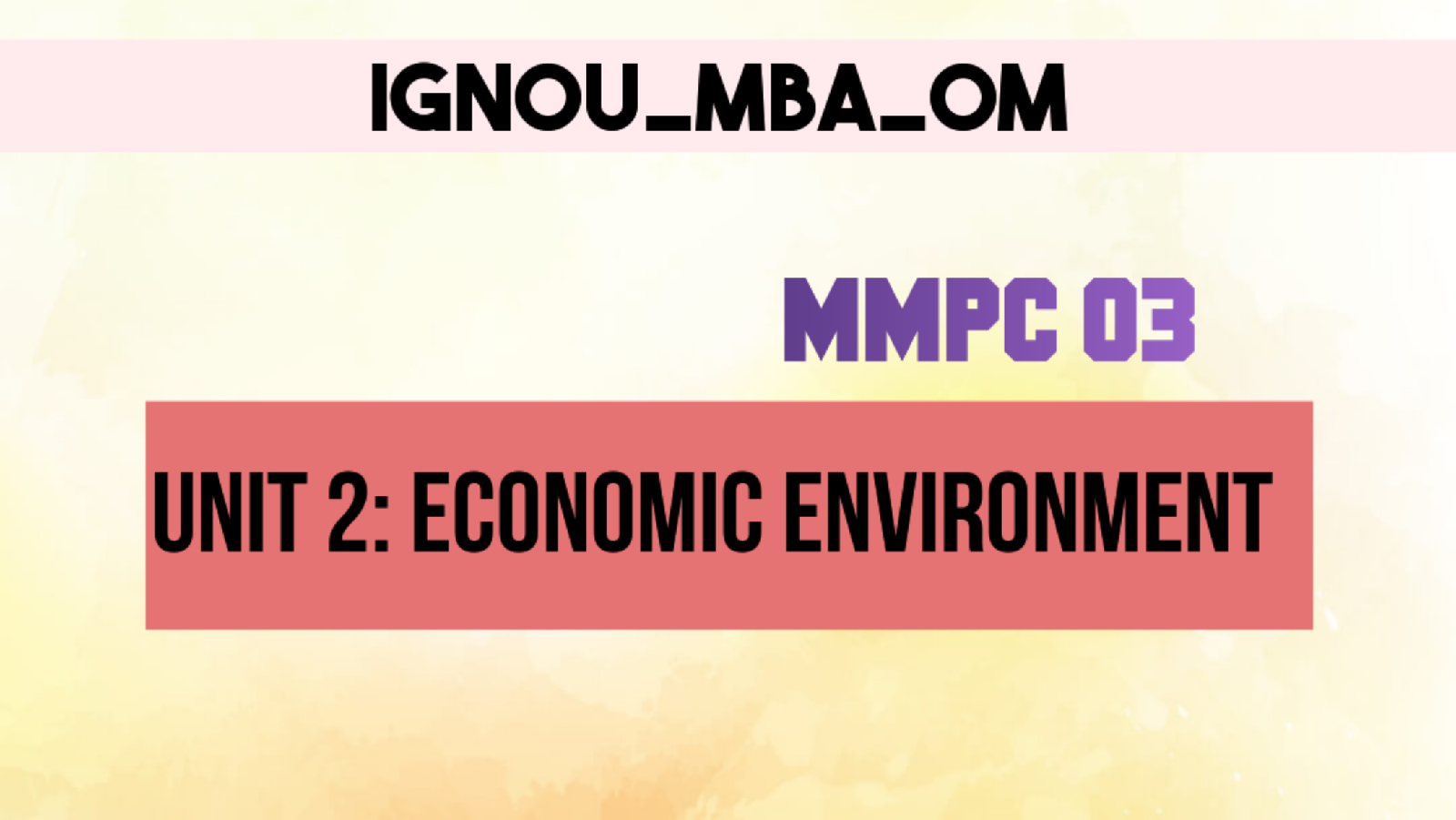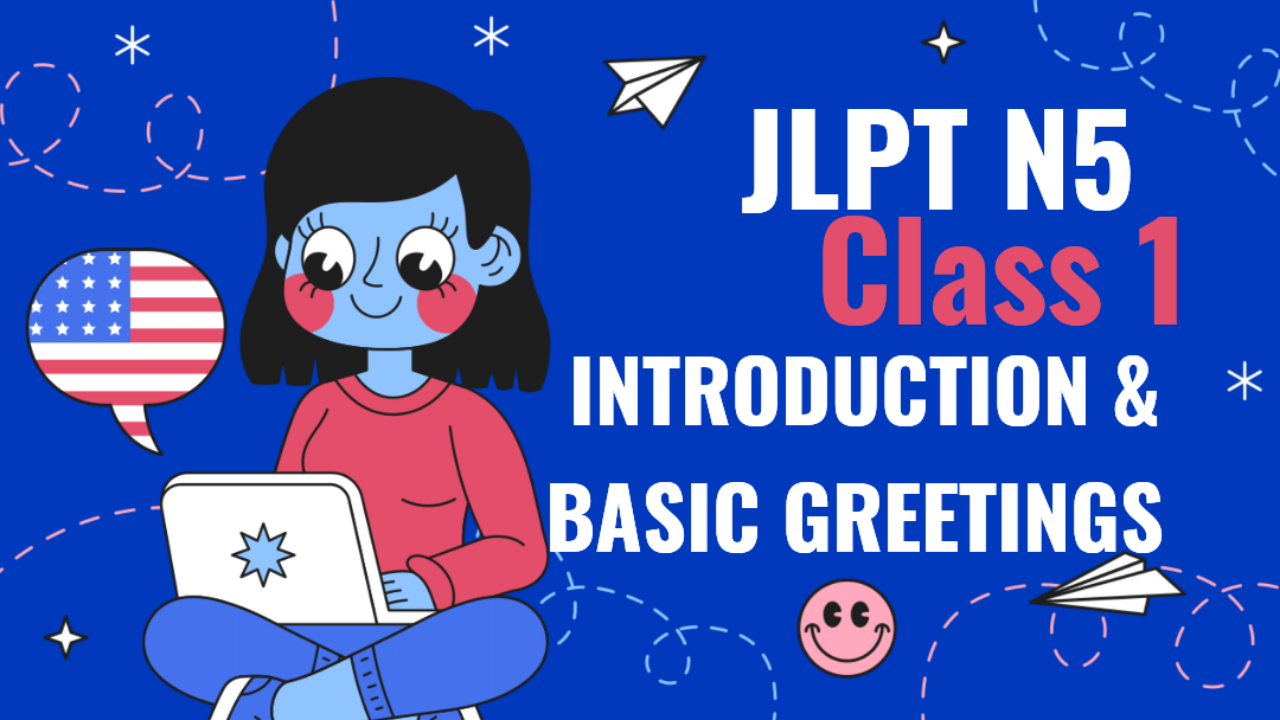Class for IGNOU MBA OM: MMPC-003 (Business Environment)
Unit 2: Economic Environment
1. Introduction to Economic Environment
The economic environment refers to all the economic factors that affect businesses, including government policies, market structures, resource availability, and overall economic conditions. It plays a significant role in shaping business decisions, determining the level of demand for goods and services, and impacting overall business performance.
2. Key Theories and Concepts
2.1. Economic Systems
- Definition: An economic system is the structure that a society uses to allocate its resources and distribute goods and services.
- Types of Economic Systems:
- Capitalism: Free-market system with minimal government interference.
- Socialism: System where the government controls the means of production.
- Mixed Economy: A combination of capitalism and socialism, where both private and public sectors coexist.
2.2. Economic Planning
- Definition: Economic planning refers to the process through which a government sets long-term goals for the economy and allocates resources accordingly.
- Importance: It helps in economic growth, reducing inequality, and promoting balanced development across different regions.
2.3. Economic Reforms and Liberalization
- Economic Reforms: Policies aimed at improving the efficiency and productivity of an economy. Reforms include reducing government intervention, deregulation, and privatization.
- Liberalization: The process of opening up an economy to global markets by reducing trade barriers, tariffs, and government controls.
- Impact: Liberalization leads to increased foreign investment, improved competition, and growth in industries.
2.4. Industrial Policy
- Definition: Industrial policy refers to government actions aimed at promoting and regulating industries.
- Key Features:
- Encouraging foreign direct investment (FDI).
- Promoting technology and innovation.
- Supporting small and medium enterprises (SMEs).
3. Public Sector and Private Sector
3.1. Public Sector
- Definition: The public sector includes businesses and enterprises that are owned and operated by the government.
- Role: The public sector plays a vital role in providing essential services like infrastructure, healthcare, and education.
- Challenges: Inefficiency, lack of competition, and bureaucratic delays can hinder public sector growth.
3.2. Private Sector
- Definition: The private sector consists of businesses that are owned and operated by private individuals or companies.
- Role: The private sector is driven by profit and plays a critical role in innovation, employment generation, and economic growth.
4. Experiments/Case Studies in Unit 2
A case study might discuss India’s 1991 economic reforms, where the government initiated liberalization, privatization, and globalization (LPG reforms) to revive the economy. These reforms led to increased foreign investment, a growing private sector, and rapid industrial growth. This example highlights the impact of economic reforms on the business environment.
5. Simplified Explanation of Unit 2
The economic environment is about understanding how government policies, market structures, and global trends impact businesses. Economic systems like capitalism and socialism affect how resources are allocated. Governments use economic planning to set long-term goals for the economy, while economic reforms like liberalization help open the economy to international competition.
The public sector provides essential services but faces challenges like inefficiency. The private sector drives innovation and employment, contributing to overall economic growth. Businesses must understand these economic factors to make informed decisions and plan for future growth.
6. Assignment Questions
- Define the term economic environment. Explain its significance in the business decision-making process.
- Compare the capitalist, socialist, and mixed economies with examples.
- What are economic reforms? Discuss their impact on the business environment.
- Explain the role of the public sector in the economy and its challenges.
7. Self-Study Questions
- What is the difference between economic planning and economic reforms?
- How does liberalization affect the private sector and overall business growth?
- Why is the public sector important for a country’s economic development?
8. Exam Questions
- What are the various types of economic systems? Discuss the features and significance of each.
- Explain the importance of economic reforms in developing economies like India. Provide real-world examples.
- Discuss the role of the private sector in fostering economic growth. How is it different from the public sector?
This class on Unit 2: Economic Environment focuses on understanding how economic systems, government policies, and market structures impact business operations. It also highlights the importance of economic reforms like liberalization and the differences between the public and private sectors.





















